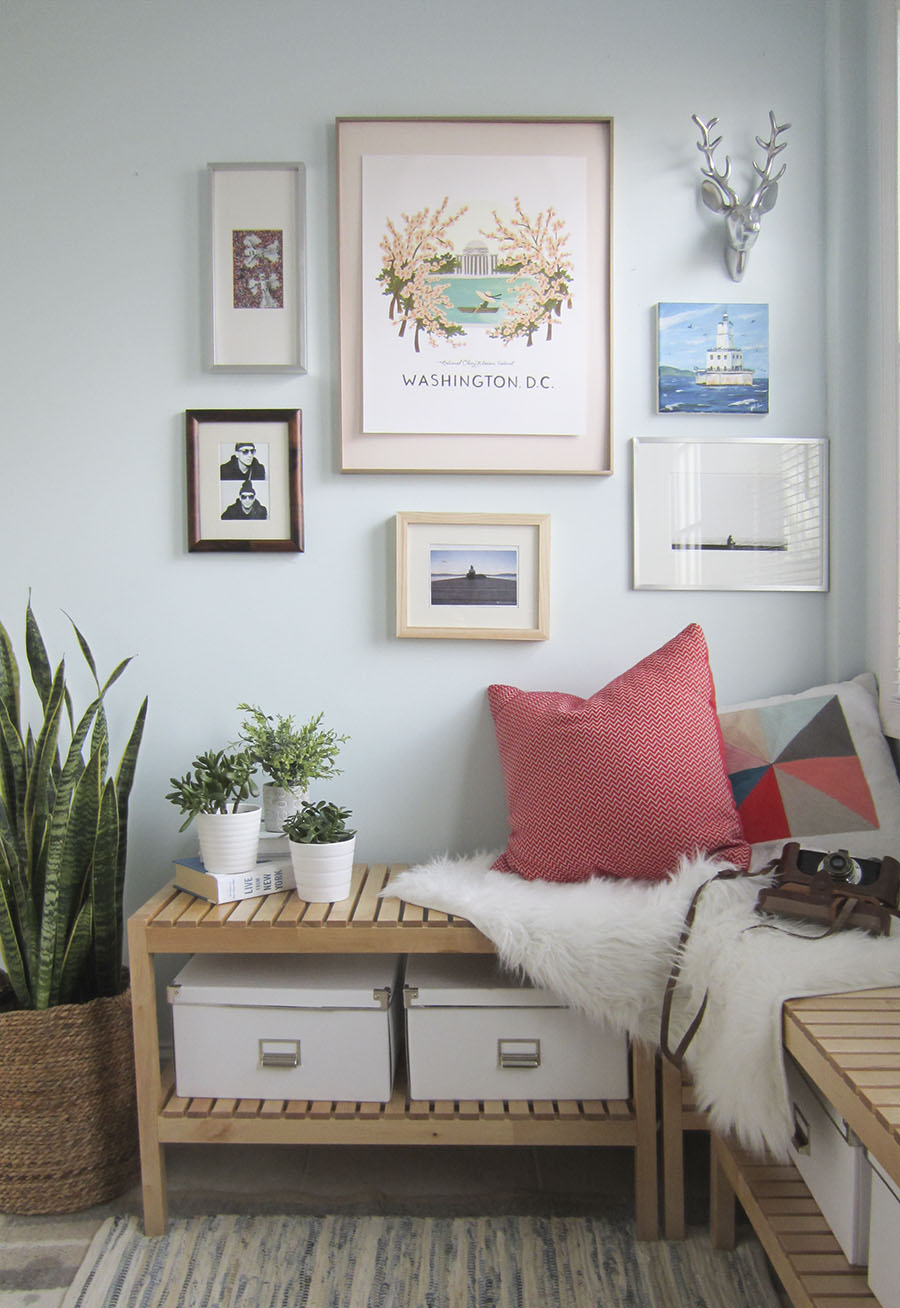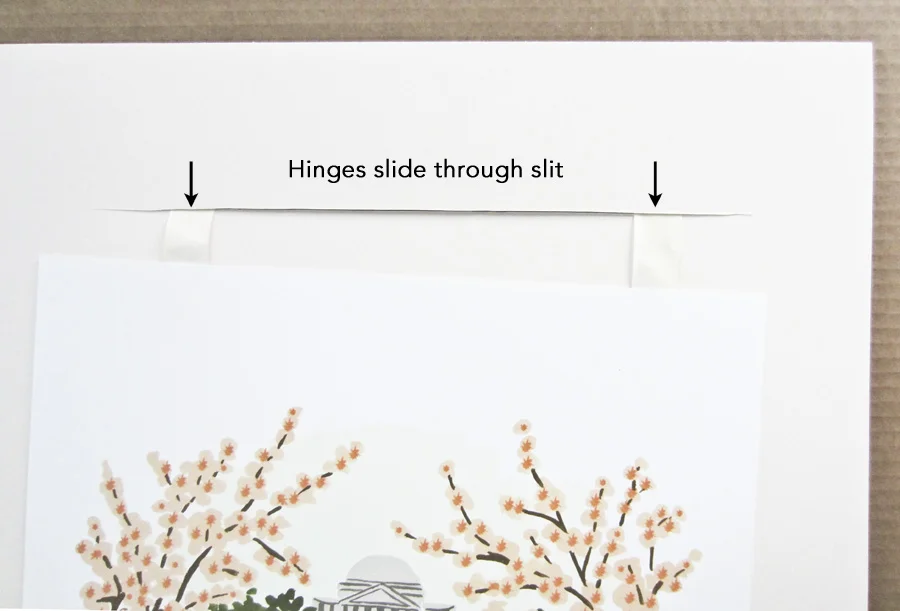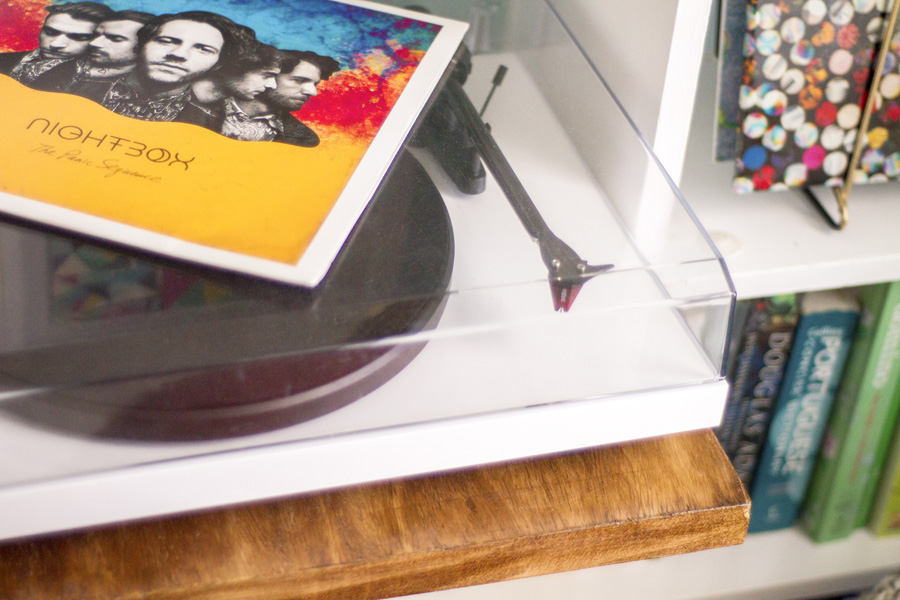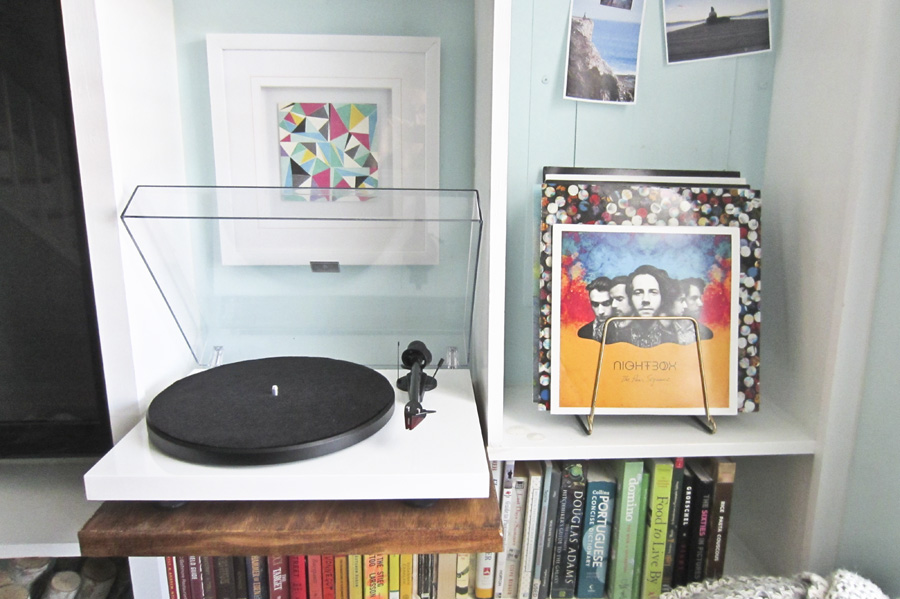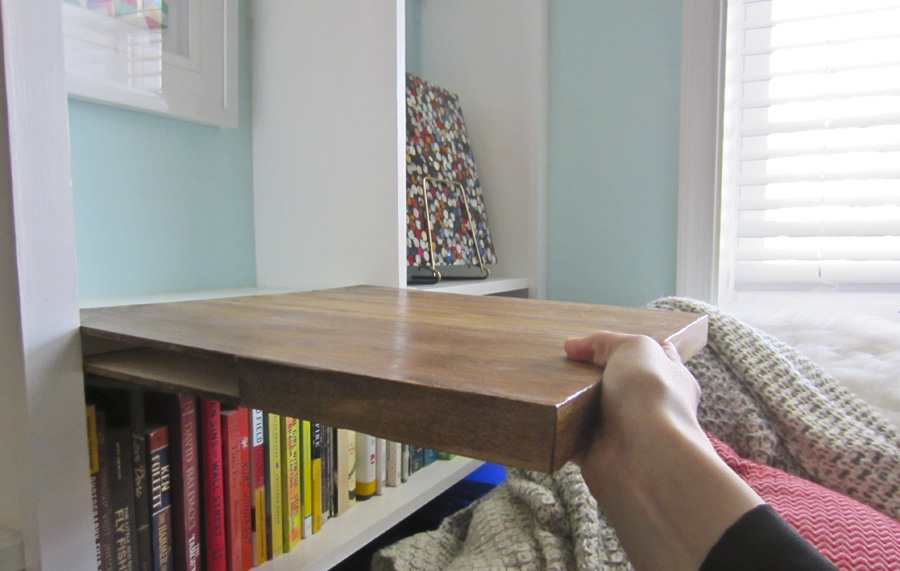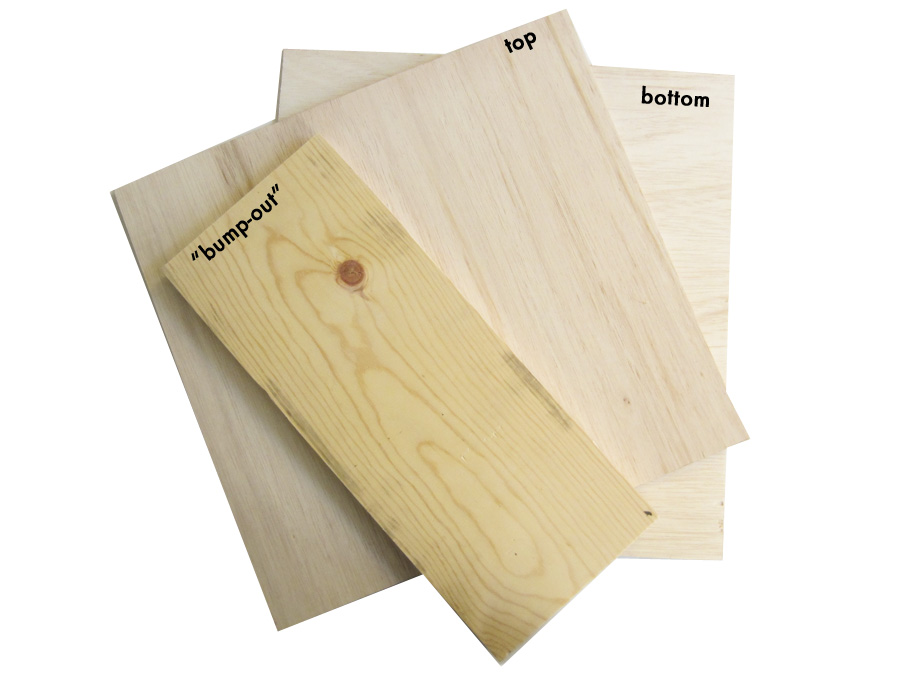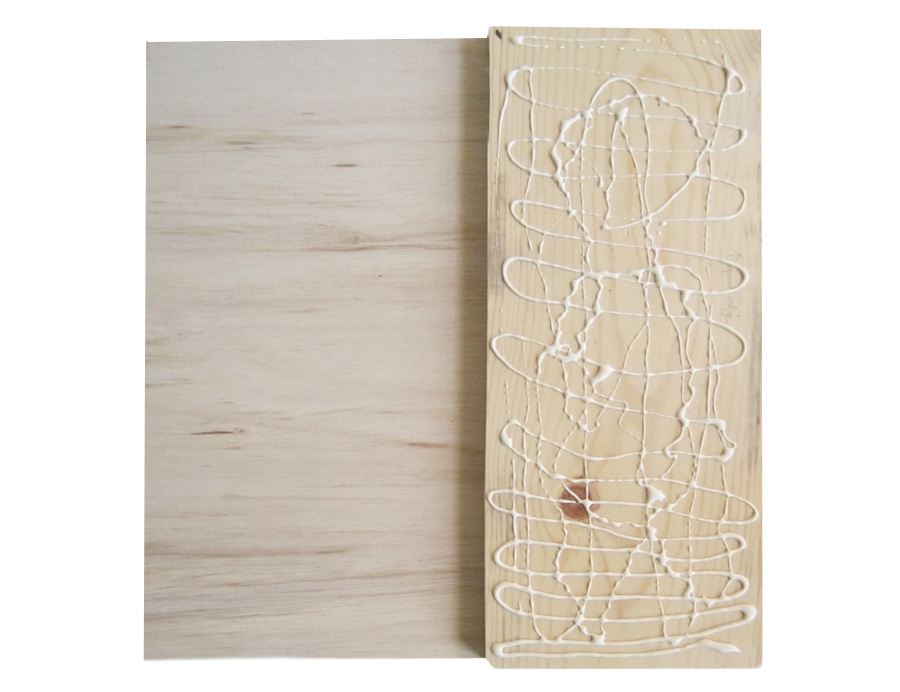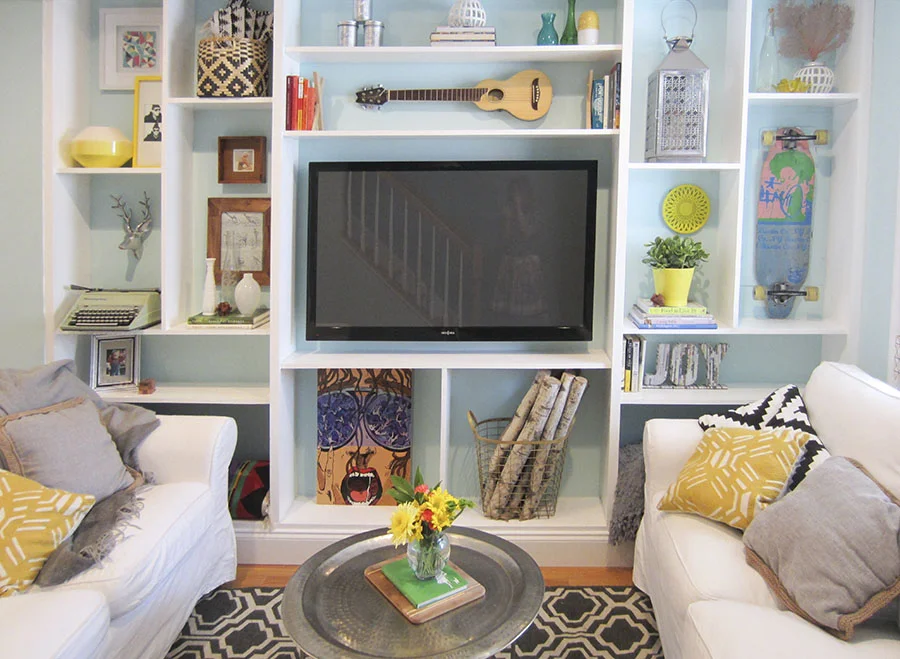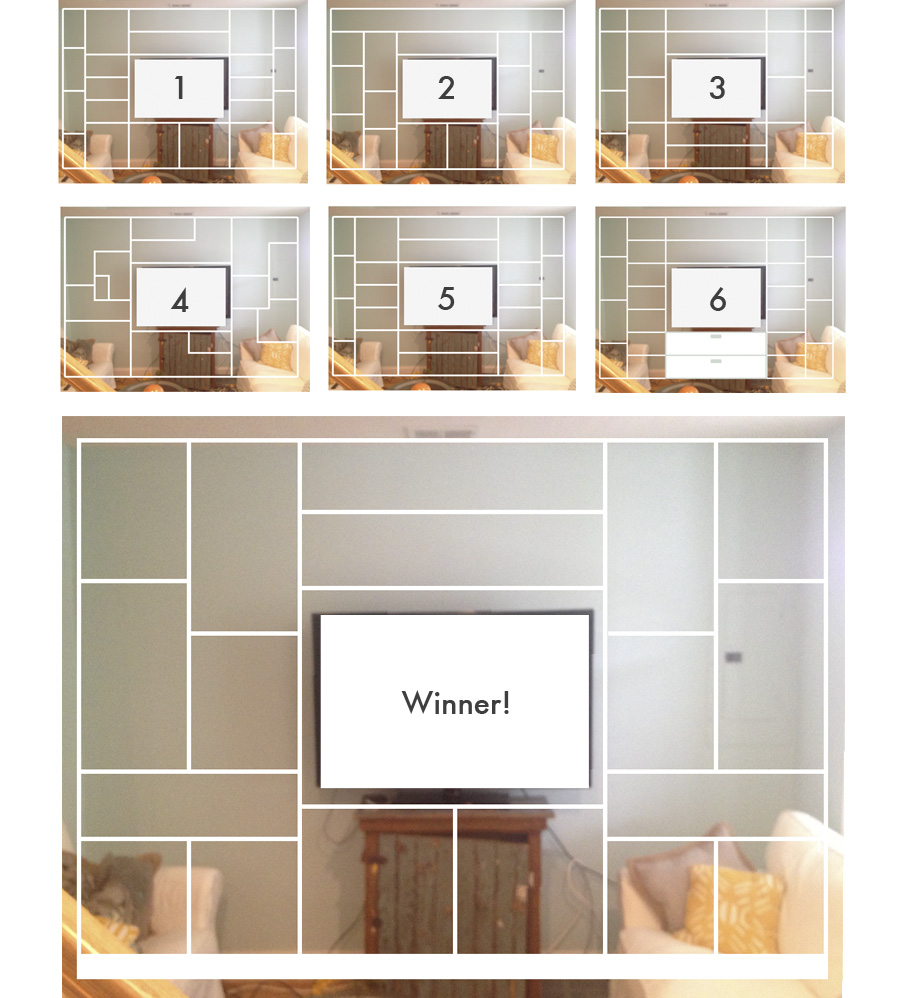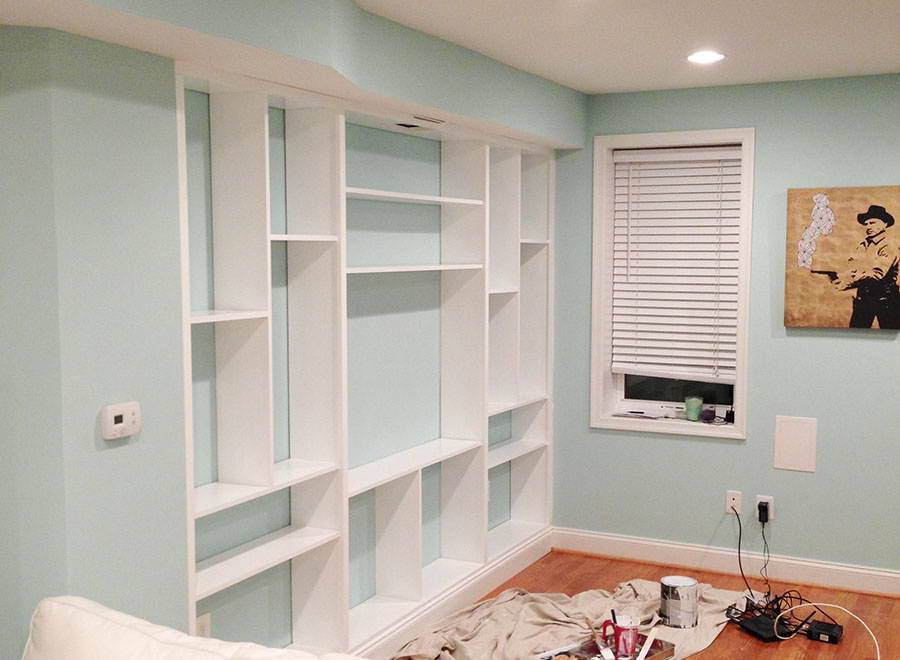If you asked me what’s the 1 thing I’m most embarrassed about when guests come over, I’d say it's a tie between my junk-filled guest room and the number of naked walls begging for some personality. I mentioned back in October that I’m being incredibly picky about what I put on my walls now that I own a house. In previous apartments, whatever I could find for less than $30 at Homegoods would do, whereas now I want pieces that are more meaningful to me.
Last christmas my little sister gave me this print from Rifle Paper Co. that I adore because it reminds me of my favorite time of year in the city AND because I continue to nurse a sick obsession with all things RPC. It only took me two months to get this print up on the wall, which has gotta be a new record.
Matting and framing can be an intimidating and expensive process – as in I almost spent $100 to get a pale pink mat cut for my 16 x 20 image. Thxbutnothx. Then I got wise and did it myself for 10 bucks (thank you, self, for giving me such a good deal). I decided to float my print instead of going with a traditional mat because it feels fresh and unexpected, plus it's a heck of a lot easier to do in my very humble opinion. A float mount is when the image looks like it's hovering on top of your mat rather than peaking through a window. It's ideal when your artwork goes to the edge of the paper or when you've got a nice textured edge. My print fit neither of those scenarios, but I do what I want! We'll all float on alright, Already...
Supplies:
- Art – my print is 16" x 20"
- Mat board – 20" x 32" from Blick (mine is "Porcelain" from their Crescent line in with the tans, browns, and beiges... strange since it's clearly pink – OR IS IT?! #theDress)
- Frame – mine is 19.75" x 25.5", rose gold aluminum (found it at a second hand shop!)
- Box cutter with a new blade
- Straight edge
- Gummed hinging tape
- Small, sticky-back bumpers (like you find on the inside of cabinet doors/drawers)
- Measuring tape
- Pencil
Step 1: Cut the mat board to the size of the frame
Making sure I was working on a totally clean surface, I laid the mat board face down and marked my cuts using the back of my frame. Then I held my straightedge firmly on the line and followed it with a box-cutter. Mat board is surprisingly sturdy and it took me a couple attempts to figure out that I really needed a brand new blade, and I needed to press down pretty hard. It's also a good idea to have something tough underneath to protect your table... (whoops)
Step 2: Mark where you want the picture to go
I centered my picture on the mat board (still face down), eyeballing the position, then checking with a measuring tape before tracing the top corners.
Step 3: Cut a slit a little narrower than the picture
Once I knew where the top of my picture would be, I cut a slit about an inch lower than that and about two inches narrower than the width (an inch from either side)...that way the cut will be totally hidden once the picture is in place.
Step 4: Apply hinging tape to the back of the picture
How many types of tape does one world need?! Gummed hinging tape! Never thought I'd buy something so specific, but this stuff is used to preserve the sanctity of all that is holy in your artwork/photo/certificate/whatever. It's actually very nice because it holds well but can easily be removed later. The specific variety I used is great for heavier weights of paper, but I'm not sure how it does with thinner stuff.
I tore off two 2.5" pieces and sprinkled a little water on the tips. I gave it a couple minutes for the water to activate the tape's gumminess and then stuck'em to the back of my picture....but just the tip! The box says not to adhere more than a quarter inch of the tape to the artwork itself. I placed my tape about an inch from the top of the picture and a few inches in from the sides.
Step 5: Slide tape through the slit and secure on the back
Once the tape dried I slid the flaps through the slit on the front of my mat. Because I placed the tape away from my picture's edges, I had some leverage to adjust its final position. That was helpful because I didn't trust my slit to be level or perfectly centered.
Once I was happy with the placement I carefully flipped the mat board & art over onto a clean (!) surface and secured the tape. If you don't want to risk messing anything up you could also slide it over to the edge of the table face up and finish taping from below. I carefully wet the remaining flaps of tape, let them gum up, and secured them to the back of the mat board. Then I tore new pieces of tape, gummed'em, and placed across the originals to form a T. This is called a T-hinge – go figure! The pros recommend it because it secures the artwork from the top while letting the bottom hang free. Fun fact of the day: Art breaths... it needs air circulation and space to expand and contract when the humidity and temperature changes in your house. Who knew?!
Step 6: Frame the picture and add spacers
That's a cross-section view of my frame. Speaking of breathing, I added spacers so the print wouldn't be pressed against the glass. Don't suffocate your art, people! A traditional mat does a good enough job at this, but with a float mount the picture is vulnerable! It needs a spacer to step in and tell that glass to back the heck off. I used some round plastic bumpers that I'd picked up for our kitchen cabinets... you know the nubbins that keep the doors from banging every time they shut? I cut about a quarter off the top so they'd fit and then pressed the sticky side against the inside edge of the frame. I put them at the corners and the midpoints to keep the mat pushed back, and they're hidden behind the front lip of the frame.
Step 7: Marvel at your cleverness
OoooOOooOooOOooOOoo .... it's floating! And if you noticed there's no glass in that frame, fear not. I removed it for the pictures to nix the glare and reflection, but it's going back in tonight :) To be sure, this is just one way to float. Another way is to mount the picture on foam core for a more pronounced look, but I preferred a more subtle (read: simpler) approach for this particular print.
The finished project has me grinning ear to ear! I love the print, and how the pale pink mat and rose gold frame play on the cherry blossoms. Thanks to my sister for this beautiful present – my walls are a little less naked! Now if only we could fast-forward to May and take a boat out on the Tidal Basin.
Gallery wall sources clockwise from left: stormtroopers photo by Joe Shymanski | Washington D.C. from Rifle Paper Co. | reindeer from Homegoods | Painting by Paul Olsen | Black & white horizon photo by Steven L. Miller | Color horizon photo by Eli | Eli self portraits

